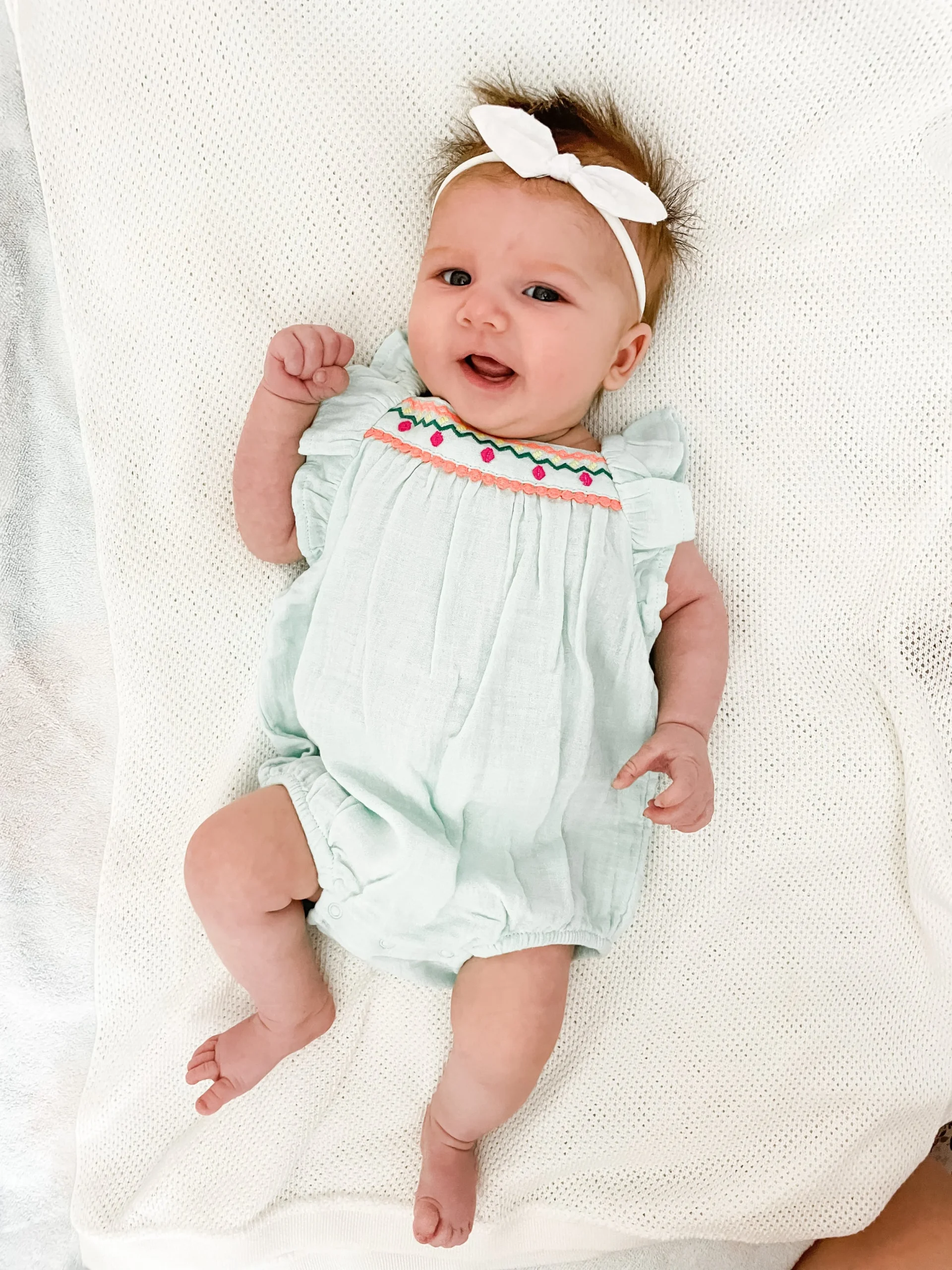When the series finale of Girls kicked off with Hannah cradling a vibrant, healthy baby boy—whose skin tone clearly indicates a father of color—I was taken aback. To be honest, I had followed most of season six, but as a busy mom of a toddler, I missed the pivotal moment with the water skiing instructor. Thus, seeing Hannah with a mixed-race son was a surprising turn, especially considering the show’s criticism for its lack of diversity.
Having grown up alongside the characters of Girls, I often related to their explorations of freedom during my own early 20s. Yet, when I welcomed my daughter at 26, it felt like those carefree days were behind me. As an aspiring writer, I worried that my experiences would become mundane. I began chronicling the struggles of being a young parent in a bustling city, thinking that I was now confined to writing about parenting.
The transition to first-time parenthood can lead to a loss of identity, a theme that resonated in the finale of Girls. However, this transformation was portrayed authentically, reflecting Hannah’s growth as the central character of the group. So, what did Girls capture accurately about the trials of millennial motherhood?
The Exhaustion of Parenting
Hannah grapples with breastfeeding, relying on pumping to feed her child. Her challenges highlight a disconnect from her baby, and her struggle is compounded when he fails to latch. This disconnect is relatable for many new mothers who feel the societal pressure to adhere to the “breast is best” mantra, as she faces judgment from friends like Marnie. The finale dedicates a significant portion of its runtime to the relentless cycle of feeding and soothing a newborn, aptly titled “Latching.” While this may not reflect the show’s usual sharp wit, it does depict the raw reality of early motherhood.
The Burdens of Freedom
Although Hannah is parenting alone, Marnie steps up to support her through sleepless nights and endless feedings. This marks a turning point for Marnie, showcasing her selflessness in stark contrast to their previous dynamics. However, when Marnie seeks permission to attend a jazz festival, it evokes a familiar sense of bitterness—an echo of my own frustrations when my partner enjoyed leisure time while I was fully immersed in childcare.
Postpartum depression affects many women, myself included. Marnie, although well-intentioned, proves to be somewhat clueless as she seeks guidance from Hannah’s mother, who offers unsolicited advice about sleep deprivation. While her intentions are good, it underscores the importance of support over criticism during such a vulnerable time.
A New Perspective on Life
When Hannah encounters a distressed teenage girl fleeing from home, her shock is palpable. It serves as a reminder of how motherhood can shift one’s viewpoint. I vividly recall feeling similarly when I attended a concert while my daughter was 15 months old, observing teenagers and reflecting on my own youthful indiscretions.
While the finale does capture certain elements of new motherhood, it also strays into unrealistic territory. For instance, the notion of enjoying wine on the porch while your baby sleeps undisturbed is far from the truth of parenting.
As Girls concludes, I find myself reflecting on its evolution. While some viewers may have been disappointed, I appreciated its authentic portrayal of motherhood.
For those interested in exploring more about parenthood, check out this insightful article about home insemination. Additionally, for comprehensive information on at-home insemination kits, visit Make a Mom. If you’re looking for guidance on fertility insurance, this resource can provide valuable insights.
In summary, the Girls finale offered a multifaceted look at millennial motherhood, portraying both the challenges and unexpected joys of parenting. The series may have concluded, but its reflections on personal growth and friendship will resonate with many.
